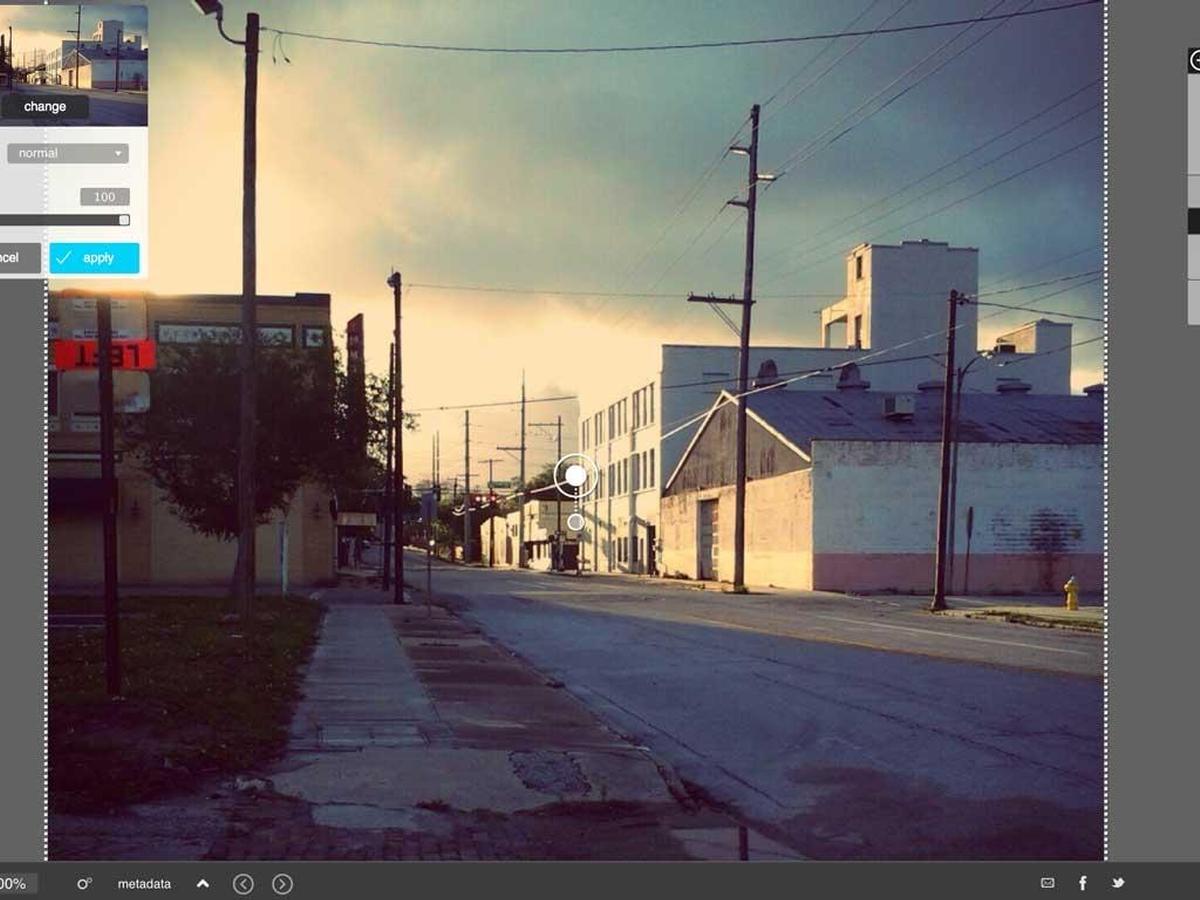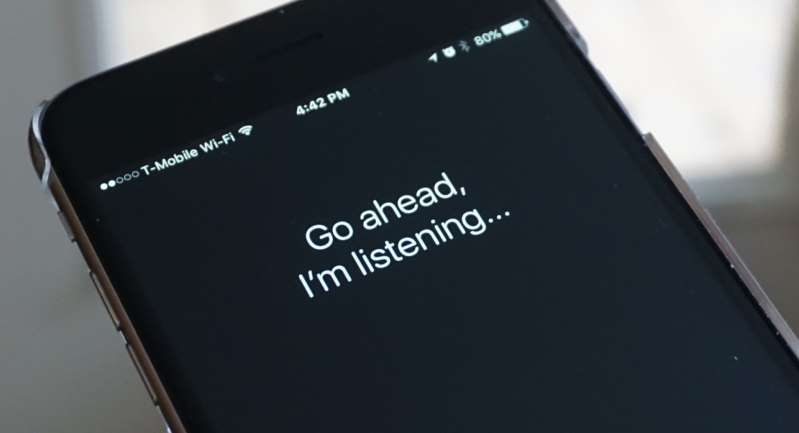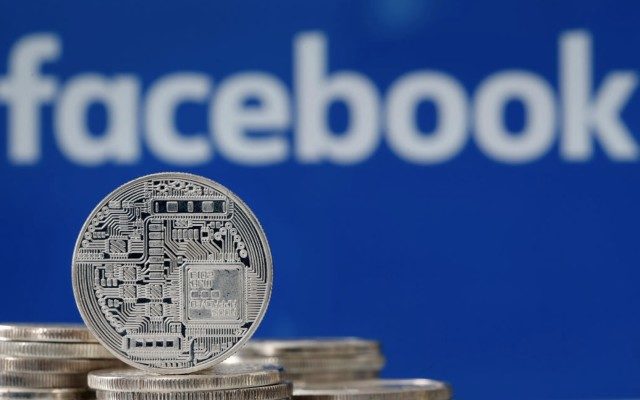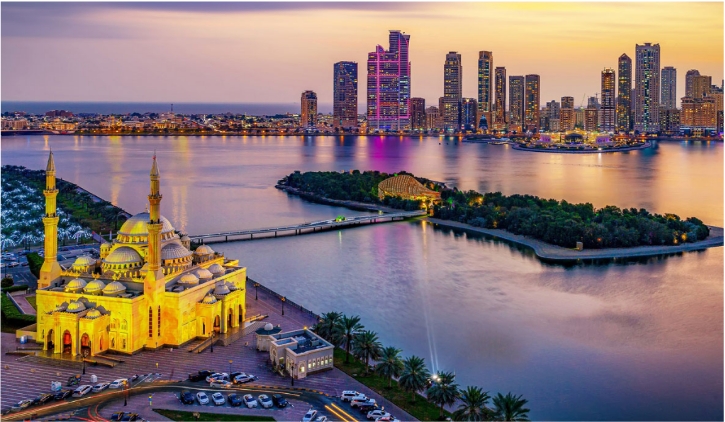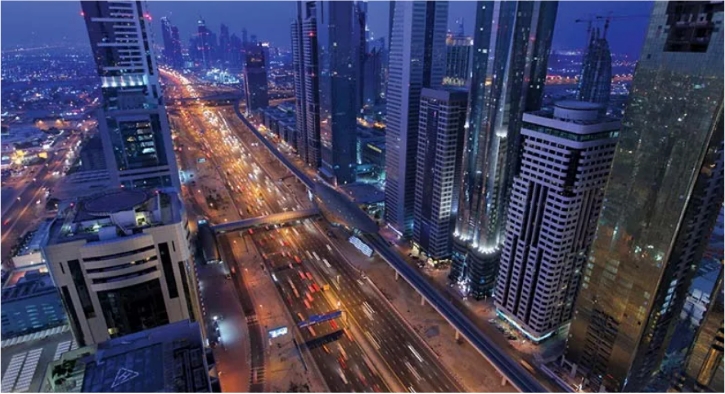For Elon Musk’s very difficult year, there’s a light at the end of thetunnel.
Specifically, it’s a 1.14-miletunnel the inventor and beleaguered CEO of Tesla Motors says is a firststep in solving “soul-destroying” urban traffic. In 2016, Musk — alreadybusy running two high-profile companies — founded a firm called the BoringCompany to tackle the problem by drilling underground. Some thought it was ajoke. Two years of big promises and $40 million later, his just-in-timeinnovation machine delivered a functioning test tunnel on Tuesday.
What’s it like to ride through Elon’s tunnel? Bumpy, but that’s all part of the ride on a Musk enterprise.
I had the chance to zip through in a Tesla Model X at a launch event that was part Musk pep rally and part amusement park ride. The tunnel, measuring 12 feet in its inner diameter, runs about 40 feet underneath a road alongside the headquarters of SpaceX, another Musk venture located in this Los Angeles suburb. It’s just wide enough to fit a single car, which makes its way down to the tunnel through an elevator.
My test Tesla had been modified with an additional set of guide wheels — sticking out in front like a pair of ears. Those aligned with the edges of the tunnel, turning the consumer electric SUV into a kind of rail-guided train.
The Tesla, which has autonomous capabilities, did much of the driving itself — navigating curves and adjusting its speed while locked with those alignment wheels — but there was still a trained driver behind the wheel.
Despite the automation, the experience was turbulent. The car jostled with many bumps in the concrete along the bottom of the tunnel, even though our top speed reached just 49 miles per hour.
What makes the electric car pioneer and rocket inventor an expert in drilling? Musk thinks Boring can lower the cost of tunneling projects while also significantly increasing their speed through some relatively simple changes to the way typical tunneling machines work. “No Nobel Prizes needed here,” he said.
Boring’s tunnel transport, dubbed the Loop, hopes to alleviate traffic because cities would have dozens of tunnels on top of each other. Unlike a traditional subway or train system, Musk said the Loop’s main arteries won’t make frequent stops. Instead, they’d have a series of tributaries that would take people to local destinations with their own elevators to take vehicles up to the street.
Musk said interest from cities and would-be investors has been high. Butit’s not all been smooth digging: Last month, Boring withdrewanother project underneath Los Angeles’ Sepulveda Boulevard after communitygroups sued the government over plans to exempt the company from anenvironmental review process.







